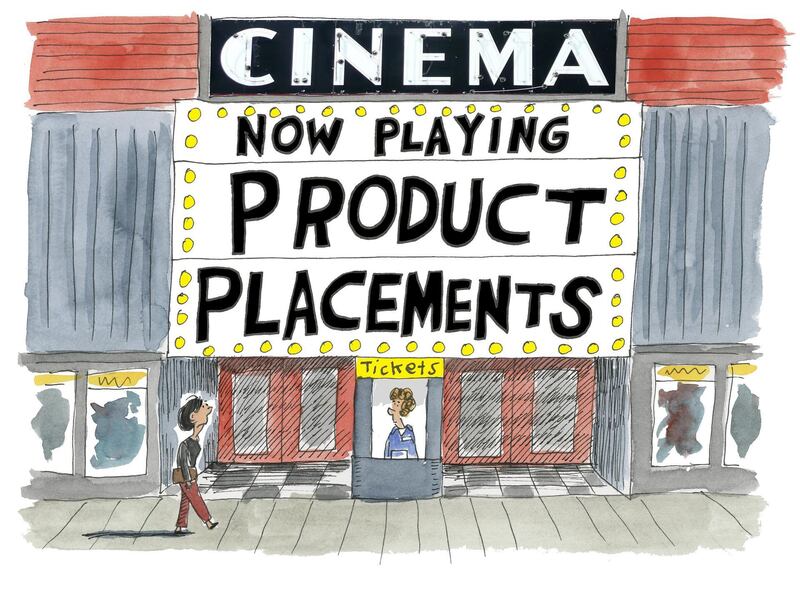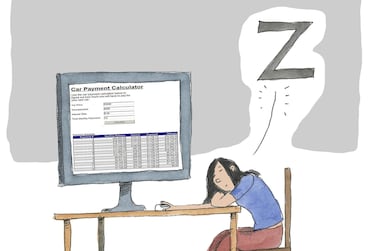I rarely go to the cinema, so when the marketing machine went into full swing during a film released recently, I wasn’t prepared. I then spent the rest of the time aware of how embossed the brands were on my frontal lobe.
Think you’re going to the movies for some chillax downtime? Think again. Your brain and emotions are being worked — not for your financial benefit, but someone else’s. Subliminal these messages are not.
The cinema I was in had an advertisement for ‘the car’ right before the movie started. Do you know why? Because research tells us that the first time we’re exposed to something — a new concept or product — the likelihood of us remembering it is pretty low. But if we’re exposed to it again, then it sticks that bit more.
The film in question was Avengers Endgame. It'll be some time before it stops making money, not just for the box office – it crossed the $1 billion mark in its opening weekend – but for the brands embedded within too. The car. The deodorant. They killed the moment for me, not that I was as entranced as others in the theatre to start with. It's just that once you're primed to register what marketing people do, you can't help but notice the tricks of the trade.
This ruined things for me because all I could register was how the shot of the car was framed each time it popped up – and the mind-manipulation that was going on – rather than the action on screen.
It costs companies tens of millions to incorporate their products in films. Is it worth it? Yes. Because even if you’re on to the game, you’re still primed to register, seek out and have a fantasy relationship with the brand.
Product placement works because we’re human. Here are some examples of the money paid out to hook us.
Ford paid around $14 million to have James Bond drive the Ford Mondeo in Casino Royale. It was on screen for barely three minutes, which translates to spend of more than $78,000 per second.
Man of Steel was a huge hit. It took in a staggering $160m in funding from the use of product placement.
I love this especially: from pizza and sneakers to headache pills and soda, Wayne's World managed to poke fun at product placement and get paid for it. And guess what, even though we knew, we still went out – in droves – and bought the products. The joke is very much on us.
When products are inserted into storylines, they can’t be muted or skipped over, and yes, research shows that they’re highly influential – particularly when used to generate positive impressions of a brand or to change consumers’ perceptions about a product.
The Journal of Marketing and Management Research finds that 31.2 per cent of consumers who view product placements show interest in purchasing the products, and that interest can translate into cold, hard cash.
For example, BMW spent a reported $3m integrating its Z3 into the 1995 Bond film Goldeneye – then saw a $240m lift in sales of the model as a direct result of the placement. Reese's Pieces featured in the sci-fi movie E.T. and as a direct result Hershey's profits increased 65 per cent.
These days, integrations into multiple episodes of prime time TV series can cost around $10m with full-series deals exceeding $50m.
Films and the media, including social media, aren’t the only domain for the stealthy product placement. It also applies to retail space. This is why there have been calls to ban chocolate and unhealthy snacks at the checkout tills in shops, because it works – against us.
There are various areas deemed "prime space" on the retail floor and on shelves. Space next to the tills yes, but also large displays at the end of an aisle, or even just having products at eye level on the shelves, which significantly increases the likelihood they will be chosen. Brands will also pay to keep a specific place for their goods and limit shelf space for competitors, known as "slotting fees".
It’s in your movie, your media feed and in your face. It’s a losing battle – because battle we must – against urges to reach out and buy something we see (that we don’t need) and to gravitate to a brand because we "feel good" about it (without a concrete reason).
The endgame is about our bucks and who gets to keep the money. So, good luck to one and all! And see you at the movies!
Nima Abu Wardeh is a broadcast journalist, columnist and blogger. Share her journey on finding-nima.com








